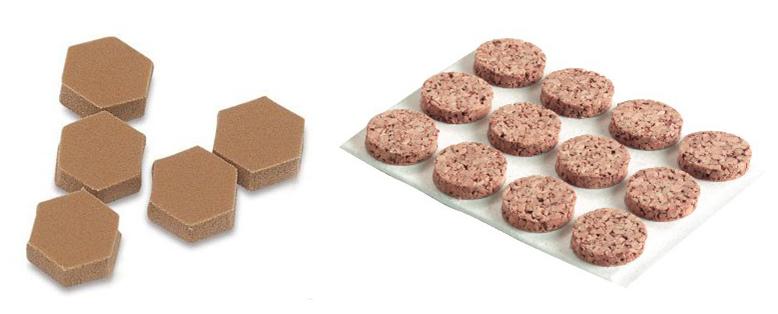6 Top Themes You Should Consider For Your Home Interior Design
1. Minimalist
Minimalism interior design is charming in almost anywhere. With less clutter to wade through, the inner beauty of each piece of furniture in the home really starts to stand out.
- Color: A general muted color to be the default of your space makes an ideal choice.
- Furniture: The less furniture the better. Think of which furniture can be eliminated without sacrificing comfort and livability. Go for a few pieces of plain, simple furniture with solid and subdued colors. Keep all surfaces clear and free of clutter.
- Keep only the essentials.
- Floors: Can be anything, but should be completely clean with one rug to add color.
- Walls: Keep your walls clear as well with only one or two pieces of art to add color.
- Storage: Store everything out of sight.

2. Industrial
Industrial interior design is popular for decorating lofts and old buildings converted into living spaces, although it can be used for apartments and houses too. What's important for this style is to create an illusion of rough surfaces and materials that suggest an industrial past. The simplest way to show roughness is to leave some walls or surfaces unfinished.
- Color: Colour should steer clear of bright, bold colours; instead you should look for warm, neutral tones to fill your space. Shades and tones of gray work well when mixed with white to add a crisp, clean look.
- Walls and Structure: Exposed bricks, steel beams or columns, exposed concrete, unfinished wood, and stainless steel work well.
- Floor: Polished concrete. It can be as rough and patchy as you want it to be. Timber or stone flooring are also good finishes that will help you achieve the industrial look.
- Decor and Furniture: You should find big comfortable sofas and large scatter cushions to work alongside ‘industrial’ artwork and accent pieces.
- Lighting: Free standing floor lamps in a metal finish are a great source of lighting for this look. Try to add a few pendant lamps into your space as well.

3. Modern
Modern interior design derives its influences from the modern art movement that preceded modern design.
- Shapes: One of the most important elements in modern interior design is form. Modern design uses geometric shapes, including rigid squares and rectangles along with smooth curves. Modern interior design is also generally very simple and even minimal
- Materials: Modern interior design makes use of many materials. Glossy metals, such as stainless steel, are among the signature materials in modern interior spaces. The metal may be used for anything from the legs of a chair to the body of a lamp.

4. Vintage
Vintage interior design is about creating a sense of charm and history through old assorted pieces. By adding antiques, collectibles, flea market finds, and estate sale items you can develop a vintage atmosphere. Excellent places for sourcing vintage finds include flea markets, salvage shops, consignment shops, and antique stores.

5. Scandinavian
Scandinavian interior design is a mixture of the right amount of light and color. It is the convergence of functionality and shape. In general, Scandinavian design is often equated with being modern; however, Scandinavian interior design can bring natural beauty into the home by incorporating lumber and natural colors.
- Color: Consists of light colors such as yellows/whites to faded pine accented by a dash of colors from furnishings.
- Floors: Should be hardwood that is roughly chopped or lumber flooring to capture the feel of the countryside.
- Furniture: Can be all timber. Wrought iron pieces used sparingly can be worked in as well.

6. English
English interior design is rustic, relaxed and comfortable. The patterns and styles are typically odd with a mix of classic furniture and new collections.
- Fabrics are bright with florals being especially prominent, tamed with stripes, ginghams and plaids and accented with tassels, fringe and trim.
- Walls are usually wallpapered or stenciled with toile patterns.
- Furnishings and decor include china arranged on the wall, framed botanicals, landscape paintings, floral embroidered pillows, crystal candleholders, vases of fresh flowers, embroidered rugs, dark-stained chests and pine bookcases.

























































